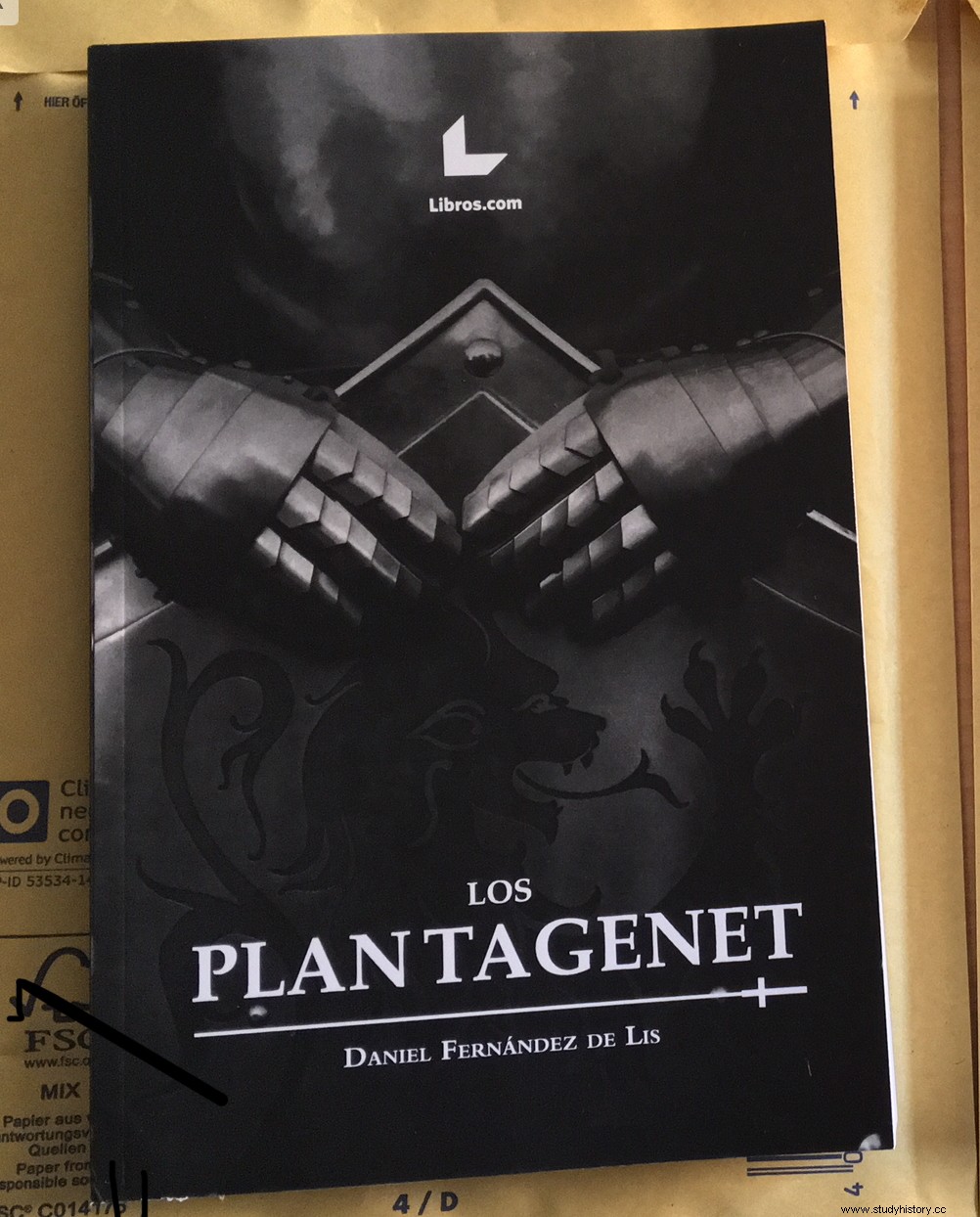 Entry taken from the book The Plantagenets
Entry taken from the book The Plantagenets
With some frequency, news related to archaeological excavations that believe they have located, after arduous investigations and in sometimes unsuspected places, the mortal remains of some character of great importance, are the subject of attention in the press. historical as Alexander the Great or the English king Richard III. What draws the attention of the case that concerns us is the commotion that was created and the importance that was granted at the time in England by the discovery of the remains of a king that were found … in the impressive tomb of said king located in right in the center of a famous cathedral.
Worcester (England), summer 1797. The clergyman in charge of the cathedral decided that the tomb of the English king John the Landless, presided over by an effigy of the monarch and located in the center of the cathedral was a nuisance because it blocked the way to the altar and forced him to go around the tomb every time he had to celebrate a service. So, neither short nor lazy, he decided to undertake a work to move the tomb to a place in the cathedral where it would be less inconvenient for him. Today something like this would be unthinkable, but it seems that at that time no one was surprised that a clergyman could freely decide to change the location of a king's tomb for such a trivial reason.
At first it was not given much importance, because according to all the ancient chronicles, the statue of the king that presided over the tomb was from times close to the death of the king in 1216 and was The bones of Juan I were found together in an old side chapel of the cathedral. When the rest of the tomb was built in the 16th century (along with the mausoleum of Henry VIII's brother, Arthur Tudor, who is also buried in Worcester Cathedral), the statue of John had been placed on top of the new tomb, but his remains had remained in their original place.
So a group of workmen undertook the task of moving the king's tomb; They began by removing the sides of the monument and cleaning up the debris. Great was their surprise when they found a stone coffin under the tomb. They immediately summoned the dean and chaplain of the cathedral as well as several local authorities with expertise in history and archaeology. The coffin was opened and inside it appeared in surprisingly good condition the body of King Juan sin Tierra. It had evidently suffered some decomposition and, despite having been embalmed, some parts were in a state of putrefaction, but in general it was in relatively good condition. Of course, some parts of the body had moved as a result of the transfer made in the sixteenth century, but the rest of his body was in the same situation in which he was buried in 1216.
In fact, the placement of the king's body and his clothing exactly matched that of the statue that presided over his tomb, including the sword he carried. The only difference was that the statue wore a crown while the corpse wore a kind of cap typical of the monks of the time. They were able to verify that the king was a little over one meter seventy centimeters tall.
Further investigations of the coffin and the body of the monarch could not be carried out, because as soon as the news spread, the cathedral was filled with onlookers, forcing them to return to hastily close the coffin. Even so, the relic hunters had time to get hold of the bones of his thumb and two of his teeth, which after various incidents ended up returning to the cathedral in whose museum they are currently exhibited. His sandals and breeches were also stolen and put up for auction, where they were purchased by the famous composer Edward Elgar (a native of Worcester) and returned to the cathedral.
The commotion caused among the citizens of Worcester by the discovery of the remains of Juan sin Tierra was understandable, because at that time one of the most famous legends among the English people was the from Robin Hood, in which Juan Sin Tierra played the role of the evil prince who intended to usurp the throne of his brother Richard the Lionheart and who tried to put an end to the rebels of Sherwood Forest together with the Sheriff of Nottingham.
In reality, the association between the legends of different characters that ended up giving birth to the myth of Robin Hood and Juan sin Tierra lacks any basis; Moreover, the first versions of the narratives and performances at village fairs that recounted the exploits of Robin Hood placed him in the reign of King Edward and it was not until the 16th century that the outlaw of Sherwood began to be associated with Juan sin Tierra… but that's another story.
Funny thing is, if a Worcester clergyman hadn't minded having to take a few extra steps around a king's tomb on his way to the altar, possibly The mortal remains of this monarch would never have been discovered. In any case, in the end, the tomb of Juan sin Tierra was not moved and remains in the same place where it was placed in the 16th century.
Font| Marc Morris King John:Treachery, Tyranny and the Road to Magna Carta
